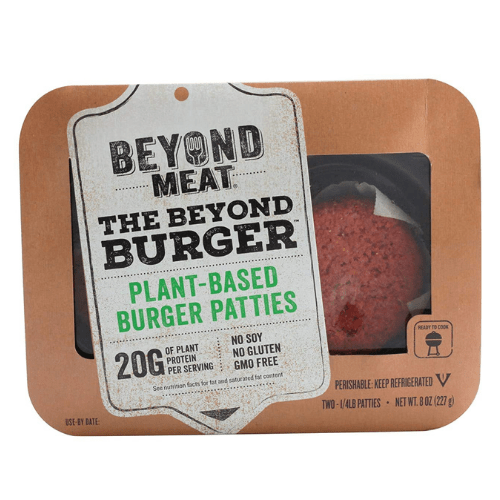
Beyond Meat — The Beyond Burger
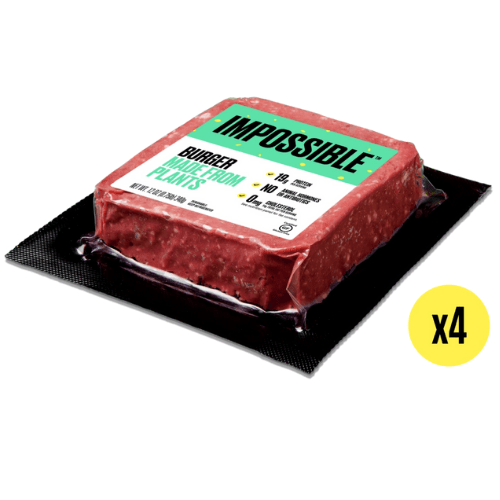
Impossible Burger
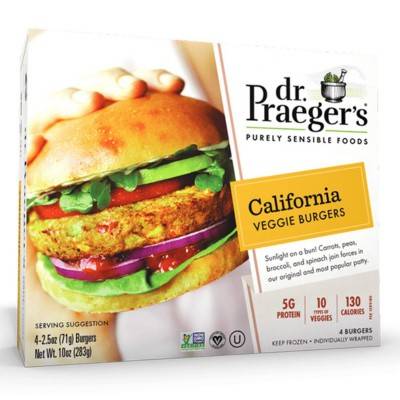
Dr. Praegers — California Veggie Burger
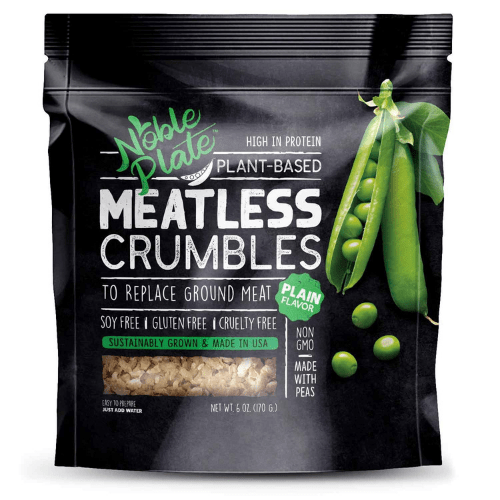
Noble Plate — Meatless Crumbles
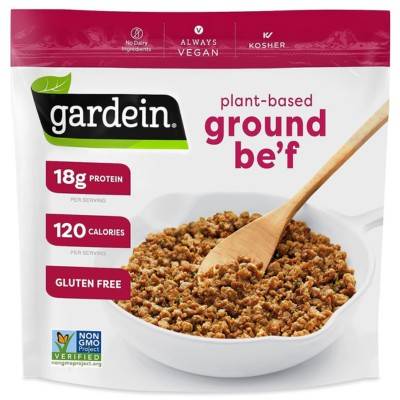
Gardein — Plant-Based Beefless Ground Crumbles
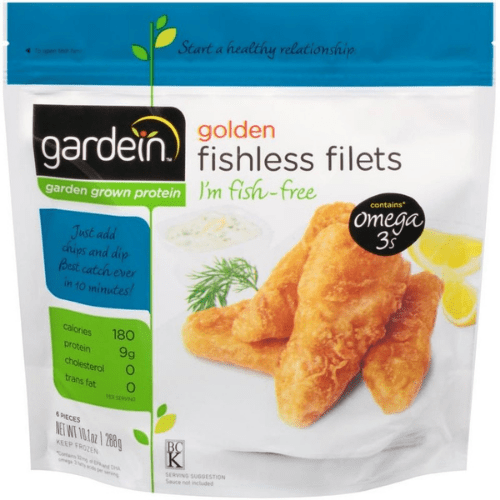
Gardein — Golden Fishless Filets

El Burrito — Soyrizo
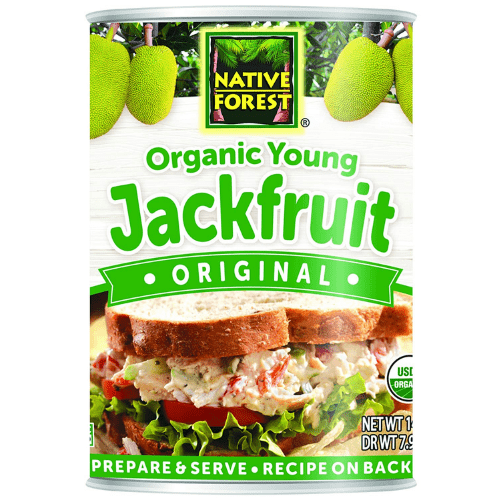
Native Forest — Organic Jackfruit

365 by WFM, Organic Firm Tofu
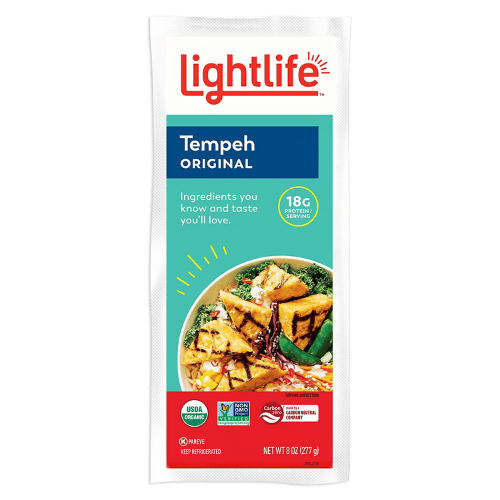
Lightlife — Tempeh Original
A comprehensive list of all the best meat alternatives and substitutes. I’ll talk about everything to know about plant-based and lab-grown meat.
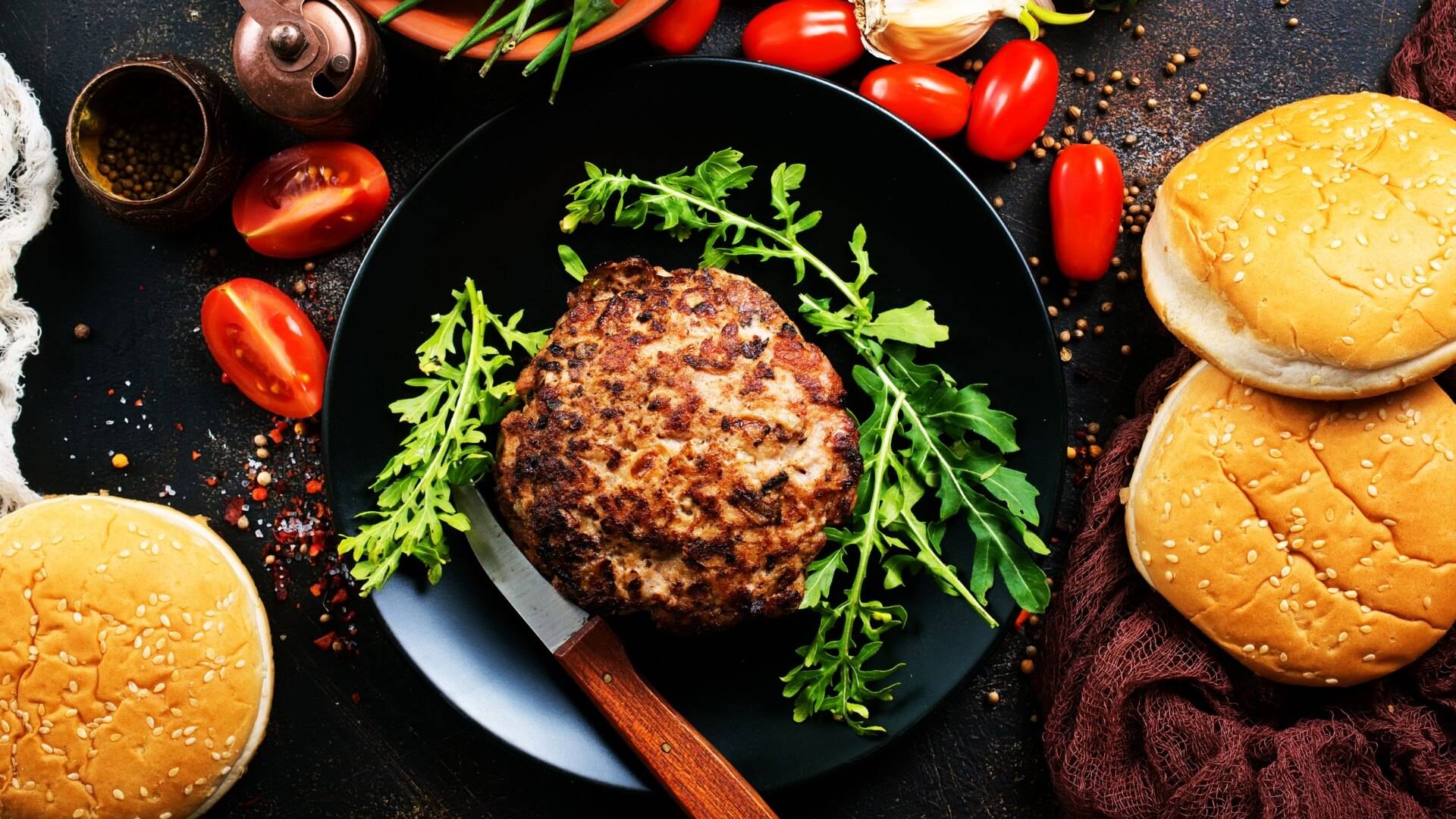
Meat is king!
30% of the calories consumed by people around the world are of meat origin.
In the US, 225 pounds of meat was consumed per capita in 2020. This is a new record and a huge leap compared to, let’s say, 1960 when the number was 167 pounds.
Nowadays, new ways of meeting the global meat demand are emerging.
It’s time to ask yourself this: would you eat lab-grown meat?
Here’s the ultimate guide on the best meat alternatives and substitutes and why we should consider them.
What are Meat Alternatives?
There are several meat alternatives nowadays. These can be divided into three groups:
Traditional Substitutes
Vegans and vegetarians will be well-acquainted with these. Traditional substitutes include tofu, kidney beans, seitan, jackfruit, and more. Some of the most common traditional ingredients in meat substitutes include wheat and soy proteins, grains, beans, wheat gluten, and pea proteins.
Plant-Based Meat Alternatives
The meat industry is currently facing numerous challenges, such as business, ethical, and most importantly, environmental.
On the other hand, startups that use technology to produce plant-based meat, are flourishing.
One of such examples is Beyond Meat, which produces a plant-based Beyond Burger. Beyond Meat’s revenue was $470M in 2020 only, and they’re continuing to expand. In 2021 they announced partnerships with McDonald’s and Yum! Brands.
Beyond Meat isn’t the only example of success in making plant-based meat alternatives.
Impossible Foods has also seen huge growth recently. They have partnerships with Starbucks and Trader Joe’s, among others.
Cultured or Lab-Grown Meat Alternatives
The final meat alternative is cultured or lab-grown meat. This meat has both environmental and ethical benefits.
A US company, Eat Just, started selling their lab-grown chicken nuggets to Singapore consumers in December 2020. This meat is grown from cells in a lab. Eat Just uses bioreactors that are adapted from pharmaceutical companies. So far, they’ve been successful. In April, Eat Just partnered with a restaurant, which sold out all the lab-grown meat servings for the day in a matter of minutes.
However, cultured or no-kill meat is facing some challenges. Namely, the production cost is high, and not everyone will want meat produced in this way.
What Is the Significance of Meat Alternatives? Is There Any Environmental Benefit?
Right now, about 30% of Earth’s land is used for livestock farming. The demand for meat is expected to double by 2050, and humanity will struggle to meet this demand.
The future of meat is divided into two paths:
Read More:
Here’s the importance of both and how they impact our environment.
Farm Factories
To understand why alt meat is significant, you have to be familiar with the current farming conditions.
Let’s go to Garden City, Kansas. This is the birthplace of CAFOs (Concentrated Animal Feeding Operation). Another name for this is a factory farm.
Factory farms put a large number of cows in a small area to maximize the land profit.
Once cows reach the required weight, they’re moved to feedlots, where they are fed on corn, protein supplements, and antibiotics until they reach 1,100lbs, when they are slaughtered.
Yes, animal cruelty is a concern here.
But, even more so, environmental issues are staggering.
Environmental Impacts of Factory Farming
Here’re only a couple of issues that animals grown in farm factories cause:
The Pesticide Issue
Animals are fed crops grown through industrial farming. These crops are exposed to huge amounts of pesticide, which remains in the cattle bodies and is transferred to people when we eat their meat.
Where Does the Poop Go?
It’s proven that large factory farms produce more waste than some US cities. For example, 800,000 pigs will produce 1.6 million tons of waste.
For outdoor farms, this huge amount of waste piles up underneath the cattle, and once it rains, it goes into waterways and pollutes drinking water.
For indoor farms, the manure has to be scooped out. Because it can carry bacteria such as E. Coli, farmers won’t put it on their fields. Instead, they put it in holding ponds which tend to overflow when it rains.
Greenhouse Gas Emission
Because cows can’t stomach corn, belching and manure decomposition happens on a high level. Livestock accounts for 14.5% to 18% of the year’s GHG emissions in the world.
River and Groundwater Pollution
It’s estimated that cattle, hog, and chicken waste has polluted 35,000 miles of rivers in 22 states and groundwater in 17 states.
This is what plant-based meat is trying to replace.
Can Plant-Based Meat Solve the Environmental Issues?
The two main producers of plant-based meat are Beyond Meat and Impossible Foods.
These companies have spent years researching the hamburger taste and trying to translate that into plant-based alternatives.
They’ve discovered the main component — heme. Heme comes from root nodules of a soy plant. It makes a plant-based burger bleed and gives it a meaty flavor.
To be able to use heme protein, these companies genetically modified a yeast cell to produce heme for mass burger production.
So, these burgers aren’t so plant-based, as they are lab-based.
A report by Beyond Meat claims that their burger:
Plant-Based Meat vs. Cultured or Lab-Grown Meat: Understanding the Differences
We’re all familiar with vegan meat substitutes, such as veggie burgers.
But, do you know the differences between plant-based meat alternatives vs. lab-grown meat? Here are the most significant differences between the two.
Plant-Based Meat Alternatives
Plant-based meat is a term used to describe food that mimics meat products, but it’s made from plants.
However, there are differences in plant-based meat alternatives. Vegans stay clear of all animal products, which include eggs and dairy.
Vegetarians usually don’t eat meat but aren’t so strict with their diet.
If you fall under one of these two groups, keep this in mind because vegetarian meat can still have ingredients that vegans won’t consume.
A plant-based burger that you buy at a supermarket can only be made of mushrooms and beans or contain pea protein and soy to give it that authentic meat texture.
Some ingredients that are used to make plant-based meat include:
So, is plant-based meat healthy?
Yes, it is. Several studies show that swapping meat for plants can have lowered diabetes risk, lower chances of cancer and heart disease.
Compared to cattle, plants need fewer environmental sources — namely, less water and space, which helps battle climate change.
Cultured or Lab-Grown Meat
Lab-grown meat, also known as cultured meat, is produced from animal cells in a lab.
For example, a cow is put under local anesthesia, and a small muscle sample is taken to make beef.
Then this muscle is cut into small pieces to release the stem cells. The stem cells are put in a bioreactor, where they are immersed in a broth. This environment helps the cells multiply. Then the stem cells become muscle fibers that bunch together. After several weeks the meat is ready for consumption.
So, how nutritional is alt meat?
It’s packed with protein, and it can also contain fat. What’s more, because this fake meat is lab-made, the fat content can be controlled. There’s not a big difference between nutritional levels of alternative and real meat.
However, there’s still the risk of eating too much meat. This can lead to cardiovascular disease, diabetes, and even cancer.
On the other hand, eating plant-based meat won’t cause any of these. So, plant-based is the healthier option.
What about the environmental impact lab-grown meat has?
Well, the situation isn’t great either.
Several studies published in 2019 found that lab-grown meat can generate even bigger concentrations of CO2 over time. CO2 takes longer to dissipate than the methane the cows produce. There’s a possibility that these emissions could be reduced in the future if the right production efficiency is achieved.
However, plant-based meat also takes this round, as it’s better for the environment than cultured meat.
Are Meat Alternatives Good for Our Health?
I’ve mentioned how plant-based meat is good for us. It can contain antioxidants, vitamins, and minerals. All of these have health benefits.
Research also states that a plant-based diet is good for weight management and can prevent various health issues.
The World Health Organization (WHO) warns about the dangers of red meat, such as carcinogens, which can increase the chances of cancer. On the other hand, the American Heart Association (AHA) says that plant protein improves heart health.
But, it doesn’t mean that plant-based products aren’t without cons either. They can contain fillers and sodium and lack Vitamin B12, which is essential for the body.
What about the nutritional value of cultured meat?
It’s certainly safer than conventional meat. It’s made in a protected environment researchers control. On the other hand, traditional meat is part of an animal that’s in contact with the world and can get infected.
We can conclude that cultured meat isn’t at risk of encountering E. Coli or salmonella, which kill millions of people around the world each year.
However, cultured meat is still a relatively new product, and we don’t know its consequences.
The fact is, unexpected biological mechanisms may always occur, and scientists are people too. They make mistakes just like everyone else.
Okay, You Got Me (!) But How Do They Taste?
I’ve talked about the environmental impact and the nutritional value of these meats. But, the crucial question for possible consumers is: how do alternative meats taste? Good alternative meat should mimic the smell, texture, and taste of the real thing.
How Does Plant-Based Meat Taste?
We’ve seen significant improvements over the years in vegan and vegetarian patties you can find at the supermarket. While it depends on the manufacturer, nowadays, these mostly taste like real meat, especially when cooked and topped.
In Sweden, Burger King released a plant-based Rebel Whopper. They didn’t tell the customers which meat they’re eating, but they could find out on the app once they had the burger. 44% of customers couldn't tell the difference.
How Does Lab-Grown Meat Taste
But what about cultured meat?
The first lab-grown beef burger was presented in London in 2013. The taste was underwhelming. It was reportedly dry and dense. This was likely because it has only muscle fibers and no fat.
Beef fat melts slowly over a wide temperature range. The slow release of fat makes the beef juice.
Luckily, there have been huge improvements since then. Nowadays, some companies claim to be able to reprogram stem cells into fat or muscle, so they can grow together, just like they would in an animal.
This means the flavor is just the same. Moreover, different species cells can be grown together, and we can have completely new flavors.
10 Best Meat Alternatives You Can Taste Right Now!
I’ve personally tested countless meal alternative versions. This is my list of the ten best fake meats out there.
1. Beyond Meat — The Beyond Burger (Best Plant-Based Burger Patty)
Your taste buds will be shocked!
Mine were as well.
The Beyond Burger is vegan. As many people nowadays are allergic to soy, they’ll love this one. It’s soy and gluten-free, as well as non-GMO.
I decided to follow the package instructions on how to cook the Beyond Burger. The patty resembled a beef one when done.
There was even a chair around the circumference.
Upon the first bite, I tasted meat-like flavor, which most other veggie burgers can’t provide. The Beyond Burger was juicy, and it has a faintly smoky flavor.
Most importantly, it isn’t dry when cooked according to instructions.
Nutritional Value (One Patty)
Nutrients | Amount |
|---|---|
Calories | 230 |
Carbohydrate | 7 grams |
Protein | 20 grams |
Fat | 14 grams |
Fiber | 2 grams |
2. Impossible Burger (Best Plant-Based Burger Substitute)
The Impossible Burger is Beyond Burger’s main competitor.
Impossible burger’s main ingredients are soy protein concentrate, coconut and sunflower oils, and genetically engineered heme. Heme is the one that gives it meat-like quality.
The Impossible Burger’s appearance resembles ground meat.
Just like Beyond Burger, it comes pre-seasoned. I cooked it 2-3 minutes per side on a grill over medium heat.
I found it to have a juicy quality. It smelled, tasted, and the sizzle even sounded like the real thing.
Add cheese, pickles, ketchup, or other toppings you like, and no one will be able to tell the difference.
Nutritional Value (One Patty)
Nutrients | Amount |
|---|---|
Calories | 240 |
Carbohydrate | 9 grams |
Protein | 19 grams |
Fat | 14 grams |
Fiber | 3 grams |
3. Dr. Praegers — California Veggie Burger (Best Veggie Burger)
Dr. Praeger's burgers are non-GMO, gluten-free, and vegan.
Some of the burger’s ingredients are string beans, soybeans, corn, spinach, red peppers, carrots, etc. So, all the healthy stuff.
Note: Dr. Praeger's burgers are lower in protein than other fake meat products.
I found this burger to be very quick to make. You need 45 seconds in the microwave or 5-6 minutes in the oven, you can also cook it on the stove.
These patties have a light, creamy texture and a satisfying flavor.
Nutritional Value (One Patty)
Nutrients | Amount |
|---|---|
Calories | 130 |
Carbohydrate | 15 grams |
Protein | 5 grams |
Fat | 6 grams |
Fiber | 5 grams |
4. Noble Plate — Meatless Crumbles (Ground Meat Alternative)
Their crumbles are high in protein, non-GMO, have low fat, and it’s made 100% in the USA.
My favorite part is that their meatless crumbles are made of dehydrated pea protein. This means there’s no refrigeration needed, so it’s perfect food for camping.
These meatless crumbles only take five minutes to prepare in a skillet.
Note: Compared to plant-based burgers, these aren’t pre-seasoned, so you’ll need to add salt at least.
I made tacos, chili, bolognese, pot pie, stuffed peppers with meatless crumbles, and meatless crumbles were the perfect ingredient in them all.
Nutritional Value Per Serving (56g.)
Nutrients | Amount |
|---|---|
Calories | 220 |
Carbohydrate | 2 grams |
Protein | 45 grams |
Fat | 3.5 grams |
Fiber | 2 grams |
5. Gardein — Plant-Based Beefless Ground Crumbles (Best Vegan Ground Beef)
My favorite ground beef substitute is Gardein’s plant-based Beefless Ground Crumbles.
It visually resembles cooked ground beef and tastes exactly like it too. The texture is the same and the flavour is extremely close.
It only takes about 4 minutes to cook and you can toss it in with any dish.
Personally, I loved it with pasta as it soaks up the pasta sauce very beautifully. I have also tried it with some tacos and they turned out really good.
I also regularly made wraps and took them with me to work.
Nutritional Value Per Serving (100g.)
Nutrients | Amount |
|---|---|
Calories | 160 |
Carbohydrate | 16 grams |
Protein | 13 grams |
Fat | 5 grams |
Fiber | 0 grams |
6. Gardein — Golden Fishless Filets (Best Seafood Substitute)
Gardein Golden Fishless Filets are made with soy protein, but they look, feel, and taste like fish sticks.
They are quick and easy to make, so it’s a great choice when you’re in a rush.
They are bought frozen.
I thawed them a little and put them in a skillet. I drizzled some olive oil on top, turned the heat to medium, and cooked until the breading was golden and crispy.
Pro Tip: Eat them with a bag of steam-fresh veggies, or make fish and chips or fish tacos. The options are endless!
Nutritional Value Per Serving (96g.)
Nutrients | Amount |
|---|---|
Calories | 180 |
Carbohydrate | 12 grams |
Protein | 9 grams |
Fat | 10 grams |
Fiber | 3 grams |
7. El Burrito — Soyrizo (Best Alt Meat Chorizo)
You’ll get two soyrizo in a package, and it can be kept in a fridge or freezer.
Most other meat alternatives come as a blank slate which you have to season or combine with different flavors. Soyrizo comes fully flavored.
It’s cooked into crispy crumbled bits, and it’s much more flavorful than the majority of vegetarian sausages.
My favorite food to make with this is, of course, the burrito. I use extra firm tofu, onions, and spices to make the “egg” scramble. Then, you can put whatever you like in your burrito, such as potatoes, peppers, avocado, radish, etc.
Soyrizo is also great as a topping on salads or scrambled eggs.
Nutritional Value Per Serving
Nutrients | Amount |
|---|---|
Calories | 90 |
Carbohydrate | 4 grams |
Protein | 4 grams |
Fat | 4 grams |
Fiber | 2 grams |
8. Native Forest — Organic Jackfruit (Traditional Meat Alternative)
While it’s not as high in protein as other plant-based food on this list, it has plenty of benefits: high in magnesium, fiber, antioxidants, and Vitamin B6.
If you’re craving some pulled pork, this is the best choice for you. Jackfruit is shreddable, and when you slather it in barbecue sauce, you won’t be able to tell the difference. You can use it in a sandwich, rice bowl, salad, even on a pizza.
I like that it’s soaked in lemon, so it can be preserved with minimal sodium.
Before I cook it, I drain it and then soak it in sugar water for one to two hours to get rid of the lemon taste.
I pat it dry and place it in a marinade. Then it’s time to make some jackfruit pulled pork.
Nutritional Value Per Serving (89g.)
Nutrients | Amount |
|---|---|
Calories | 40 |
Carbohydrate | 0 grams |
Protein | 2 grams |
Fat | 0 grams |
Fiber | 7 grams |
9. 365 by WFM, Organic Firm Tofu (Traditional Meat Alternative)
It’s a great protein source, and it has a mild, slightly beanie taste. This makes it pair well with tons of other food.
365 by WFM has firm tofu, which makes it ideal for soaking up the flavor from sauces and other ingredients.
It can also be used in smoothies, stir-fries, or scrambles.
My favorite dish made with this tofu is a vegan lasagna. I use herbs and olive oil as “ricotta.”
I use a press to get all the liquid out of the tofu, then pulse it with olive oil and herbs in the food processor.
Nutritional Value Per Serving (84g.)
Nutrients | Amount |
|---|---|
Calories | 70 |
Carbohydrate | 2 grams |
Protein | 8 grams |
Fat | 3.5 grams |
Fiber | 1 grams |
10. Lightlife — Tempeh Original (Traditional Meat Alternative)
Lightlife is my favorite tempeh brand because it holds together well as strips and has an excellent texture when crumbled.
I like to fry thin strips in olive oil to get crispy tempeh bacon, which I use to make sandwiches.
Another favorite is to crumble it up with tomato sauce to get a delicious “meat sauce” when I make lasagna.
It can also be steamed or grilled. The options for cooking tempeh are endless.
Nutritional Value Per Serving (84g.)
Nutrients | Amount |
|---|---|
Calories | 160 |
Carbohydrate | 12 grams |
Protein | 18 grams |
Fat | 4.5 grams |
Fiber | 6 grams |
Why Are Meat Alternatives More Expensive Than Real Meat?
Plant-based meat needs less grains, energy, and water compared to traditional meat production.
So, why is it more expensive?
It’s because meatless alternatives have smaller-scale productions, while beef production is done on a larger scale and can ensure the products are affordable.
Another reason why meat alternatives are more expensive is that the manufacturers operate in a free market.
Both Beyond and Impossible are unable to meet the current demand. If they lowered their prices, it would mean lower revenue, which will hurt their ability to go bigger and meet the demand.
While the vegan market is growing by leaps and bounds, it still remains small, especially compared to the traditional meat market.
Because of this, it’s more difficult for companies to negotiate a lower price for their ingredients, such as peas and soybeans.
The production of lab-grown meat is also currently expensive because the process is restricted to small-scale operations in labs.
The Hopeful Future of Meat Alternatives
Meat consumers have been growing more conscious about what they eat and how this is affecting the environment.
The alternative food sector in the US grew 27% in 2020, and 71 million households bought meatless meat.
So, how are meat producers reacting to this?
Producers of real meat are worried about the effect of plant-based meat alternatives on their business. Some have even filed lawsuits to prevent alt meat manufacturers from using the word meat on their products.
Others are realizing the value and potential of the alt meat industry and are starting to invest in it. Nestle plans to invest $100 million in a plant-based factory in China.
The good news is that plant-based meat manufacturers are planning to lower the prices.
At the beginning of 2021, both Beyond and Impossible stated their plans to lower the prices. They plan to achieve this by having more manufacturing plants and finding ways to optimize production.
Impossible even stated they will have 15% lower prices.
What about cultured meat?
It’s also going to impact the market. While the prices of lab-grown meat are currently high, this is likely to decrease in the future considerably.
Then, it’s a matter of which company will get their lab-grown meat on the market first.
As technology and genetic engineering advance, we will see lab-grown and plant-based meat innovations in taste, flavor, and healthiness. These will incentivize consumption.
Meat Alternatives and Substitutes: Final Thoughts
If you’ve come this far, congratulations! You’re now an expert on all substitutions for meat.
The fact of the matter is, the world's population is growing rapidly, and meat demand is increasing along with it.
Soon, we won’t be able to meet it.
Replacing one industry with another is never a good solution. Instead, we should combine all of these: traditional meat substitutes, plant-based meat, and lab-grown meat.
If one of these doesn’t work for you, try another option. You’ll be surprised how varied the meat alternatives industry is. You’re guaranteed to find alt meat that’ll work for you.
Finally, do your own research and taste test. Switching to alt meat even for one meal a day will make a huge difference.

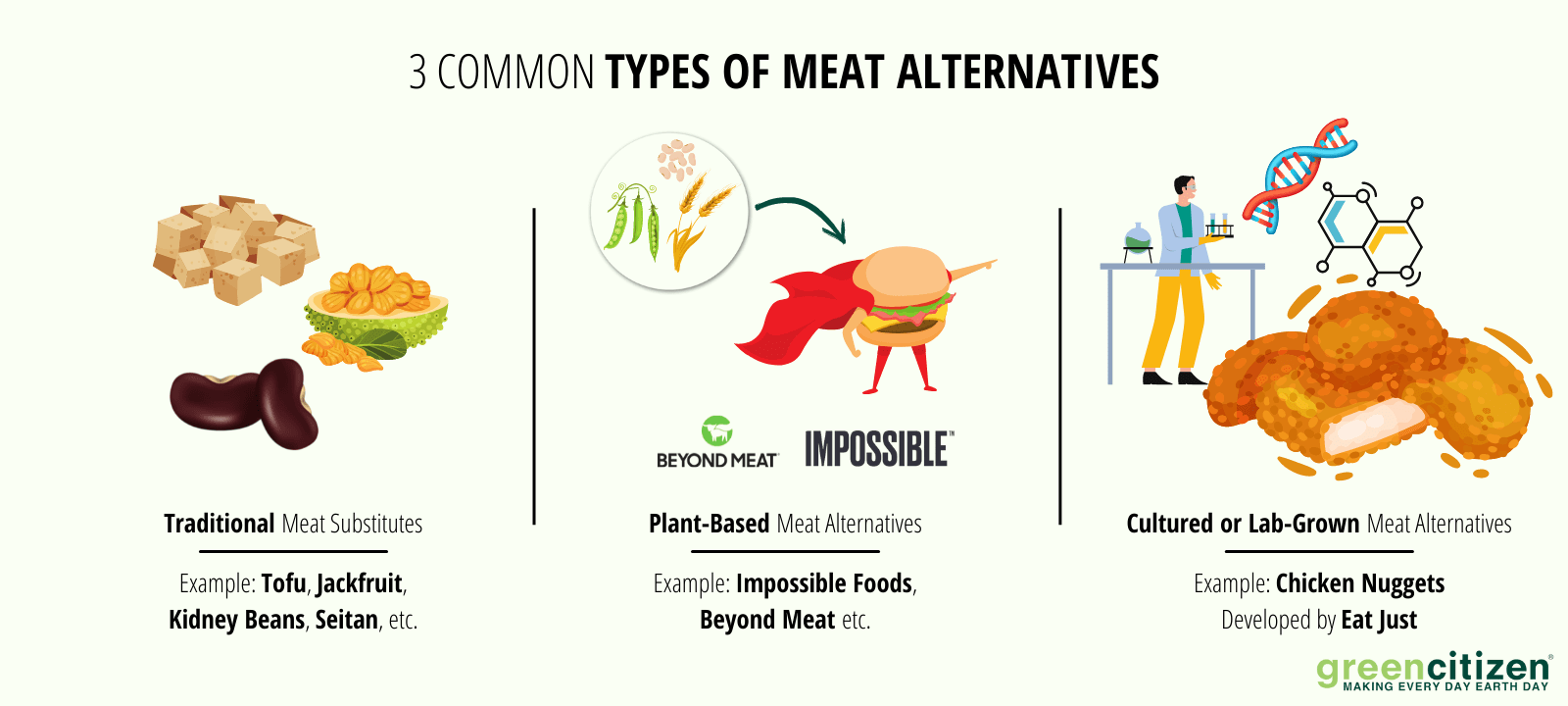


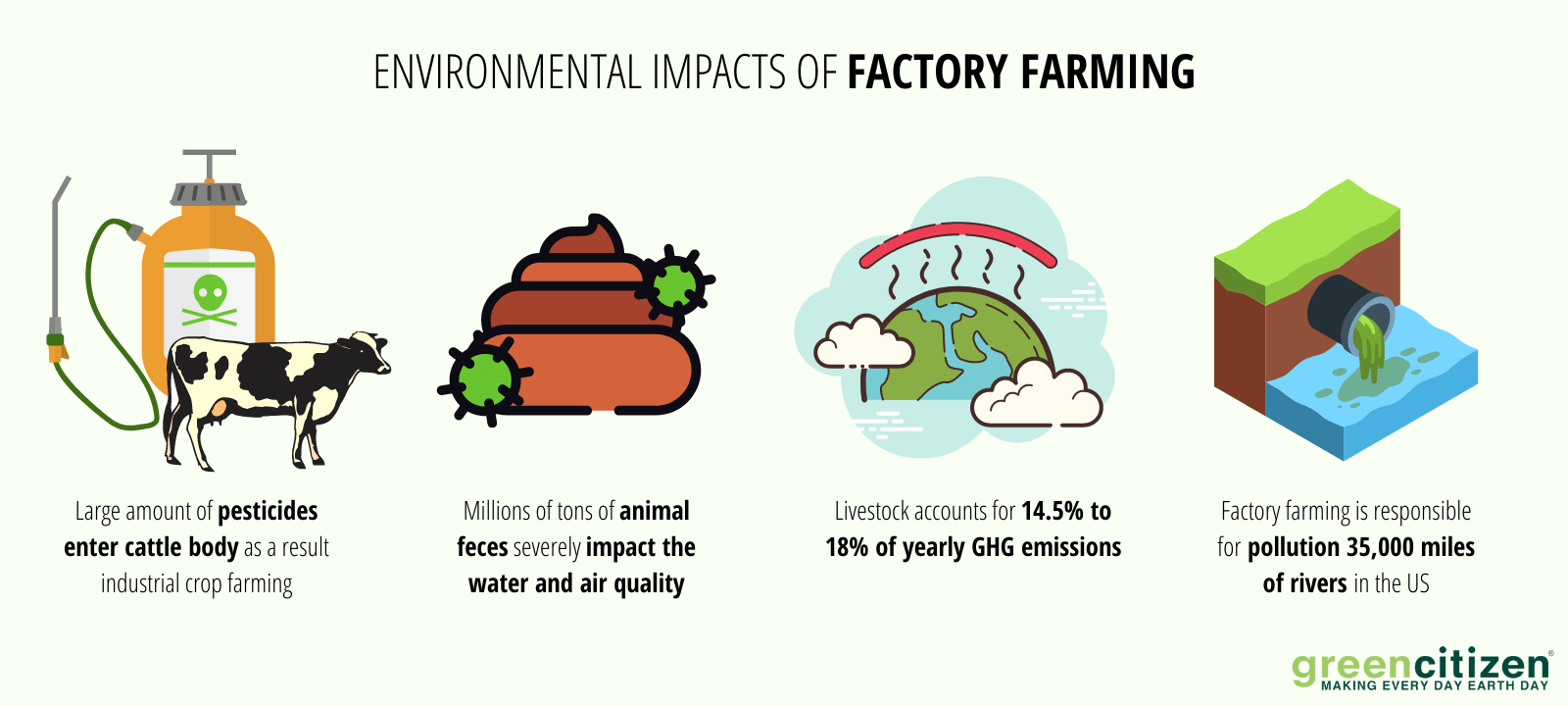







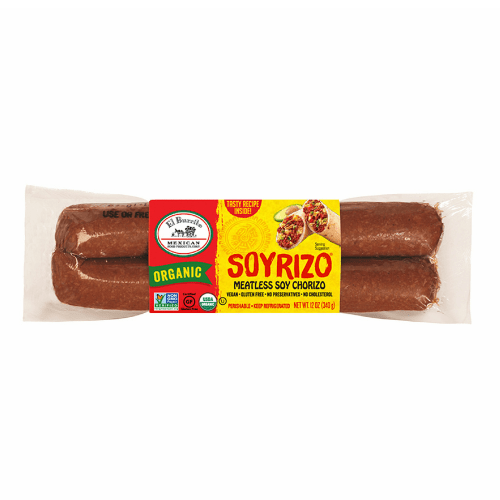

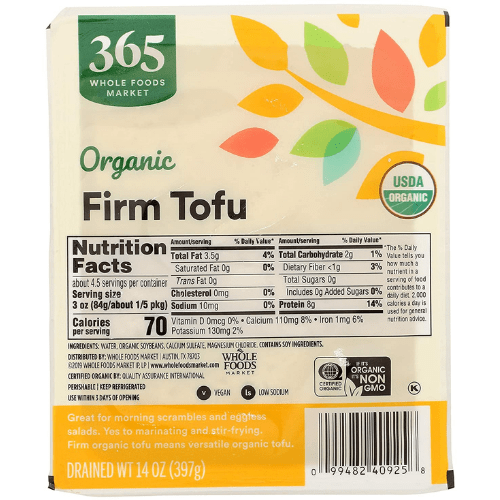










Pingback: Hearty And Savory Vegan Beef Stew | legendarySpicemn.com
Pingback: 20 Actionable Earth Day Tips To Make A Real Change